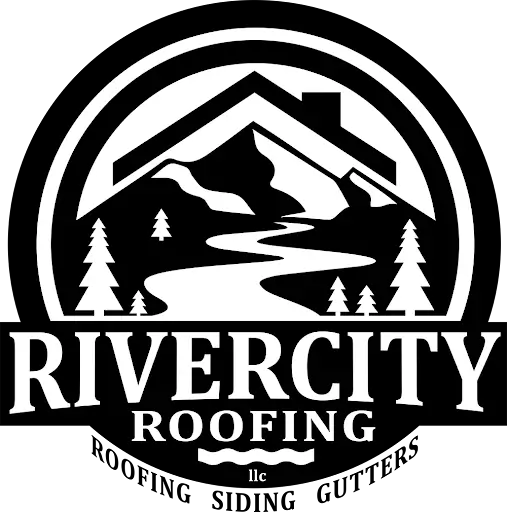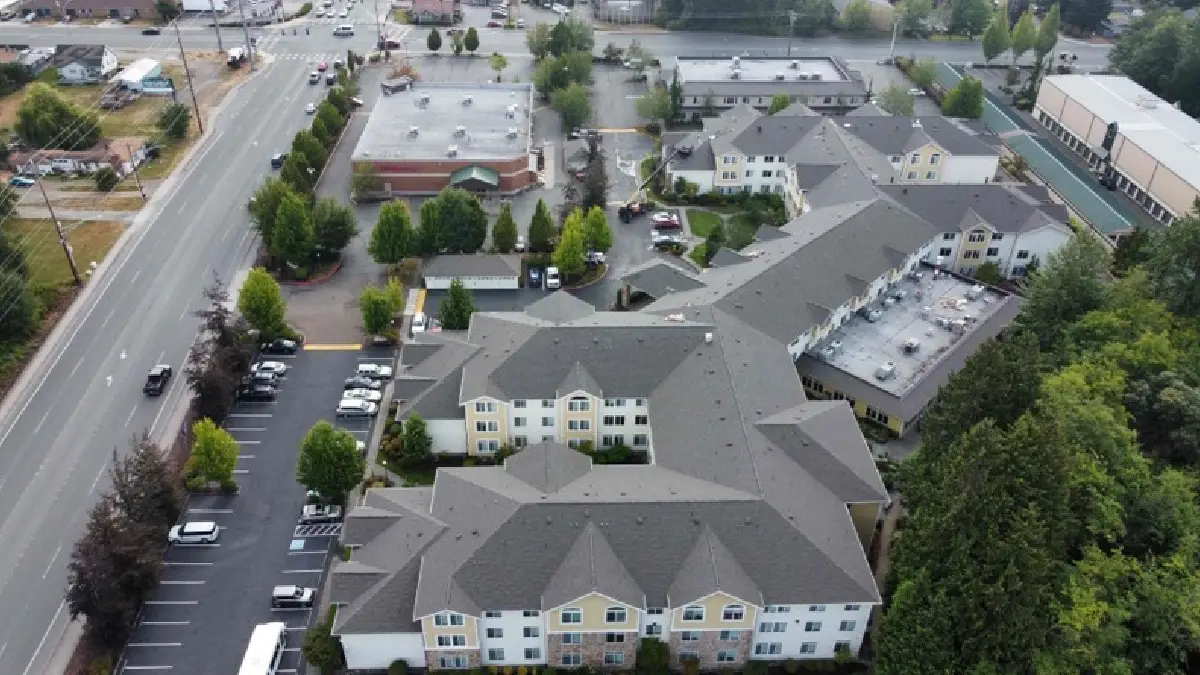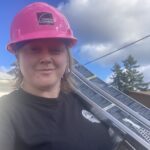The selection of roofing materials for commercial buildings has a significant impact on their longevity, energy efficiency, and overall cost-effectiveness. From traditional options to modern solutions, the types of commercial roofing on buildings vary widely, each with its own set of advantages and drawbacks. Understanding these different commercial roofing systems is crucial for business owners and property managers to make informed decisions.
Commercial roofing materials have evolved over time, offering an array of choices to suit different needs and budgets. Common commercial roof types include built-up roofing, single-ply membranes, and metal roofing systems. Each of these options has unique features that cater to specific requirements, such as durability, weather resistance, and energy efficiency. To find the best commercial roofing material for a particular project, it’s essential to weigh the pros and cons of each type and consider factors like climate, building structure, and long-term maintenance costs.
Traditional Commercial Roofing Materials
Asphalt-based Roofing Systems
Asphalt roofing systems are popular for commercial buildings due to their durability and cost-effectiveness. Asphalt shingles are also widely used in commercial settings, offering improved wind protection, longevity, and aesthetic appeal over builder-grade options. They come in two main types: Built-Up Roofing (BUR) and Modified Bitumen Systems (MBS). BUR consists of multiple layers assembled on-site, offering excellent water resistance and insulation. MBS, on the other hand, is factory-assembled and provides increased strength and flexibility. Both types offer UV and fire protection, easy maintenance, and long warranties.
Tar and Gravel Roofs
Tar and gravel roofs are a budget-friendly option for flat or low-slope commercial roofs. They consist of layers of fiberglass asphalt sheeting sealed with hot bitumen and topped with gravel. These roofs can last 10-20 years, depending on weather conditions. They provide good UV protection, fire resistance, and are easy to walk on for maintenance. However, they can be heavy and may require structural reinforcement.
Concrete and Clay Tiles
Concrete and clay tiles offer a long-lasting and esthetically pleasing roofing solution for commercial buildings. They can withstand high winds, hail, and fire, with a lifespan of over 50 years. Clay tiles retain color well, while concrete tiles may fade over time. Both types are heavy, requiring sturdy roof framing. Although more expensive than asphalt roofing, tiles provide excellent durability and come in various styles to suit different architectural designs.
Must Read: Why Hiring Commercial Roofing Contractors is Essential
Free Roof Inspections. Fast. Reliable.
Is your roof ready to weather the storm? Dont risk property damage. Our free roof inspections provide expert analysis to identify potential issues before they become costly problems.
Modern Commercial Roofing Solutions
Synthetic Rubber Membranes
EPDM, or ethylene propylene diene monomer, is a durable synthetic rubber roofing membrane. It is cost-effective and widely used for low-slope commercial buildings. EPDM comes in various thicknesses and widths, offering flexibility in installation. This roofing solution is known for its longevity, with most owners enjoying 30 years or more of service. Selecting the appropriate roofing system is crucial for meeting different business needs and ensuring long-term performance.
Thermoplastic Olefin (TPO) Roofing
TPO roofing is gaining popularity due to its affordability and energy efficiency. It consists of a blend of rubbers, including polypropylene and ethylene-propylene. TPO roofs are UV-resistant and available in various colors, making them suitable for different esthetic preferences. They are also easy to install, which contributes to their cost-effectiveness. Among various roof systems, TPO roofing stands out for its durability and energy efficiency, though it is essential to consider the advantages and disadvantages of different materials used in commercial roofing applications.
Polyvinyl Chloride (PVC) Roofing
PVC roofing is a single-ply membrane known for its durability and weather resistance. Selecting the right commercial roofing system is crucial for various types of commercial buildings, as it ensures compliance with regulations and meets specific business requirements. It offers excellent waterproofing and windproofing properties, making it ideal for areas with severe weather conditions. PVC roofs are energy-efficient, reflecting UV rays and helping to reduce cooling costs. They also provide good insulation and are recyclable, making them an environmentally friendly option.
Emerging Trends in Commercial Roofing
Green Roofing Technologies
Commercial green roofs are gaining popularity as sustainable building solutions. These living ecosystems support plant life and can serve as parks, gardens, or research centers. Green roofs offer numerous benefits, including improved insulation, stormwater management, and reduced urban heat island effect. They can be intensive, semi-intensive, or extensive, depending on the depth of the growing medium and the types of plants supported.
Cool Roofing Systems
Cool roofs are designed to reflect more sunlight and absorb less solar energy than conventional roofs. They can lower roof surface temperatures by up to 50°F, reducing energy costs and improving indoor comfort. Cool roofing materials often cost the same as traditional options and can provide environmental benefits such as reduced urban heat island effect and lower CO2 emissions.
Photovoltaic Roofing Integration
Building-integrated photovoltaics (BIPV) is an emerging trend in commercial roofing. This technology incorporates solar panels directly into building materials, such as roof tiles or facades. BIPV systems generate on-site energy, reducing reliance on grid infrastructure and potentially lowering electricity costs. The U.S. Department of Energy is actively supporting research and development in this field to expand opportunities and overcome challenges in BIPV technology.
Conclusion
The world of commercial roofing offers a wide range of options, each with its own strengths and weaknesses. Understanding the different types of commercial roofs is essential for selecting the right roofing solution based on the specific needs of different commercial properties. From traditional roofing materials like asphalt and tar to modern solutions such as synthetic rubber membranes and cool roofing systems, building owners have many choices to consider. These roofing types have an impact on factors like durability, energy efficiency, and overall cost-effectiveness, making the selection process crucial for long-term building performance.
As the industry continues to evolve, new trends are emerging to address environmental concerns and energy efficiency. Green roofs, cool roofing systems, and integrated photovoltaics are paving the way for more sustainable building practices. To make the best choice, it’s essential to weigh the pros and cons of each roofing type, taking into account factors like climate, building structure, and maintenance costs. For professional guidance and top-notch roofing services, don’t hesitate to reach out us.
FAQs
What type of roofing material is recommended for commercial buildings?
Metal roofing is highly recommended for commercial buildings, especially in steep-slope environments. It is available in both custom-fabricated and factory-made metal panels. Metal roofs are renowned for their durability, often lasting over 50 years, and require minimal maintenance.
Which roofing material is most frequently used in commercial buildings?
EPDM Roofing, made from Ethylene Propylene Diene Monomer, is the most commonly used material for commercial roofs. This type of synthetic rubber roofing is favored for its combination of affordability and resilience, made from natural gas and oil.
Why are flat roofs prevalent on commercial buildings?
Flat roofs are predominant in commercial buildings primarily because they are more cost-effective than pitched roofs. While sloped roofs are feasible for smaller residential structures, applying them to large commercial buildings would be impractical, hazardous, and challenging.
Which roof type offers the greatest reliability?
Slate roofs are considered the most reliable, with a lifespan ranging from 50 to 200 years. They are fireproof and highly resistant to wind, hail, flying debris, and extreme temperature fluctuations.
What is the importance of selecting the right roof system for commercial buildings?
Selecting the right roof system is crucial for commercial buildings as it must meet local regulations, withstand environmental conditions, and suit the specific needs of the building. Different roofing materials, such as metal, EPDM, and slate, offer various benefits in terms of durability, lifespan, and maintenance requirements.




Comments are closed